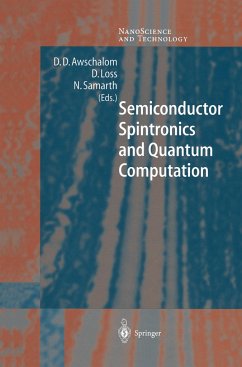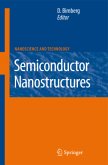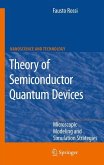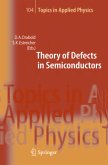The past few decades of research and development in solid-state semicon ductor physics and electronics have witnessed a rapid growth in the drive to exploit quantum mechanics in the design and function of semiconductor devices. This has been fueled for instance by the remarkable advances in our ability to fabricate nanostructures such as quantum wells, quantum wires and quantum dots. Despite this contemporary focus on semiconductor "quantum devices," a principal quantum mechanical aspect of the electron - its spin has it accounts for an added quan largely been ignored (except in as much as tum mechanical degeneracy). In recent years, however, a new paradigm of electronics based on the spin degree of freedom of the electron has begun to emerge. This field of semiconductor "spintronics" (spin transport electron ics or spin-based electronics) places electron spin rather than charge at the very center of interest. The underlying basis for this new electronics is the intimate connection between the charge and spin degrees of freedom of the electron via the Pauli principle. A crucial implication of this relationship is that spin effects can often be accessed through the orbital properties of the electron in the solid state. Examples for this are optical measurements of the spin state based on the Faraday effect and spin-dependent transport measure ments such as giant magneto-resistance (GMR). In this manner, information can be encoded in not only the electron's charge but also in its spin state, i. e.
From the reviews: "This book is a collection of nine contemporary articles by leading experts covering a large range of areas of interest to practitioners in the field including; fabrication, spin dynamics and transport, spin readout, optical manipulation, and electron spins in quantum dots. ... Researchers and graduate students in this, or related areas, would find this collection a very useful and readable up-to-date reference." (Lloyd C L Hollenberg, The Physicist, Vol. 40 (3), 2003)








